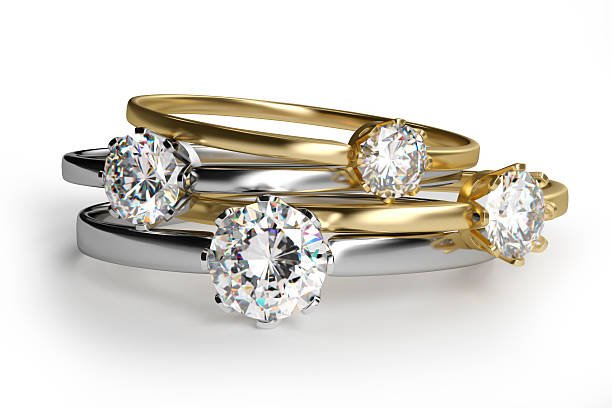How To Measure Gemstone Values All Entries

When it comes to measuring the value of gemstones, you need to consider both economic value and emotional value. While scientific measurements exist to measure economic value, emotional value is more subjective, but still matters. Here's a look at the basics of measuring gemstone values.
Gemological Grading Scales
The key to arriving at gemstone values in terms of quality and financial appraisal is the use of grading scales developed by the Gemological Institute of America (GIA). There are different grading scales designed for different gems and their characteristics, so what applies to diamonds doesn't necessarily apply to pearls.
Diamonds
Diamonds are graded by the 4Cs: cut, color, clarity, and carat. The most valuable diamonds in financial terms are those that are rare, pure, heavy, colorless, and have minimal inclusions. The hardness of diamonds makes them durable, as they may grow in market value over time. Usually the more artistic and unique the cut, the more it raises both the financial and emotional value of the diamond.
Pearls
Pearls are graded much differently by professional jewelers. The main factors that determine pearl value are nacre thickness, luster, shape, size, color, and number of visible blemishes. None of these factors stands out as most important, although the more round, the more ideal. The overall evaluation is what matters. The highest rated pearls have an AAA grade, while the lowest have an A grade.
Emeralds
Like pearls and certain other gemstones, the top grade for emeralds is AAA while the bottom of the three grades is A. With emeralds, the main factor is color, as blue-green to pure green are most desirable. Collectors also view transparency as ideal. Since chromium, vanadium and iron are the trace elements most responsible for an emerald's color, composition of the gem has tremendous importance.
Professional Appraisal
Make sure that the professional who appraises your jewelry is a GIA member, which signals credibility in the jewelry industry. There's a big difference in getting your jewelry appraised by a GIA-trained gemologist versus appraised by a random pawn shop.
Professional gemologists who are GIA members subscribe to ethics of fairness, whereas pawn shops are mostly looking to buy low and still sell lower than the market value for a profit. Authenticity, age, rarity, and condition are important factors in the appraisal of any gems.
Emotional Value
Even though there's no scientific scale for measuring the emotional value of gemstones, it's partly what the jewelry industry relies on for sales beyond standard grading scales. The emotional value for any gem comes from the buyer. If a buyer doesn't connect with the gem emotionally, they're likely going to pass on it no matter what the scientific specifics are. In that sense, the emotional response of the customer is what triggers the sale.
Conclusion
Understanding the financial and emotional value of gems will help you buy and sell them, as well as become an informed collector. The real value of any jewelry is a combination of science and emotion. Contact us at Ralph Mueller & Associates for more information about gemstone values and participating in the global jewelry marketplace.